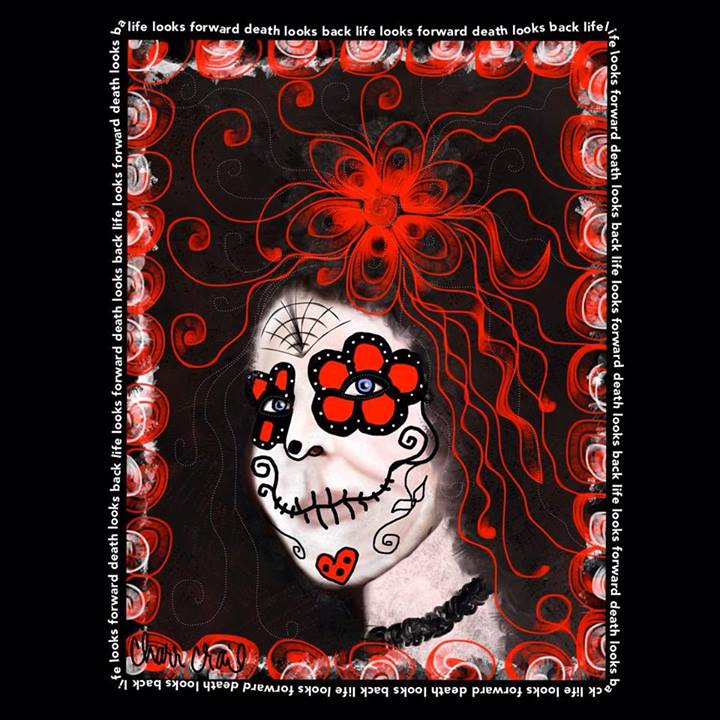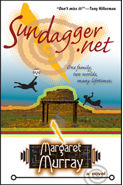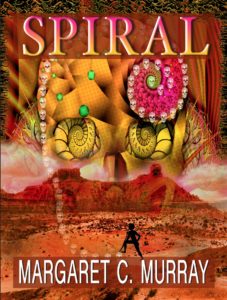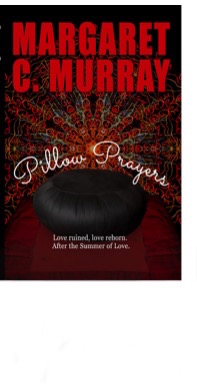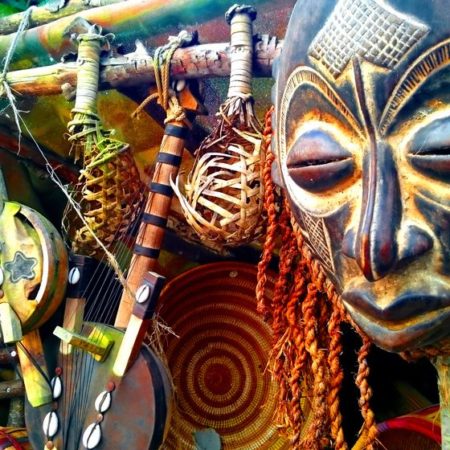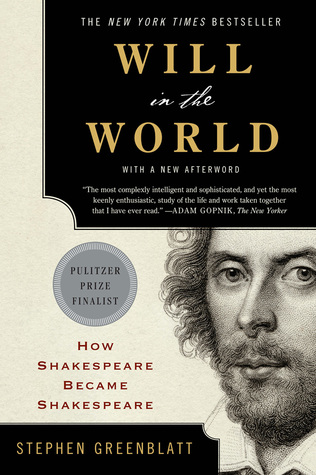“There’s nothing like it anywhere.”
Strike! Discovering Our Power!
Howard Zinn Book Fair 2019
Sunday December 8th, 10am to 6pm
City College of San Francisco, Mission Campus
Who wouldn’t like to attend a life-changing, fun, insightful book extravaganza in the Mission District of San Francisco for a $5 suggested donation?!
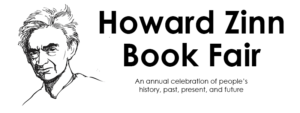
By accident I discovered the Howard Zinn Book Fair last year where I was privileged to show and sell WriteWords Press books to interested folk. That day I also was able to sample outstanding lectures, workshops, readings, and presentations by other small press book publishers and authors. It was a blow-out experience of inspiration and insight for me.
Learn more about Howard Zinn.
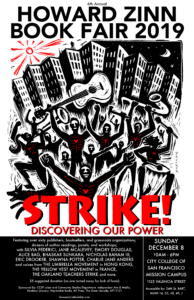 At the Howard Zinn Book Fair 2019 you’ll be able to interact with sixty publishers, booksellers, and grassroots organizations. You can experience dozens of author readings, panels, and workshops. Some of the presenters include voices from The Umbrella Movement in Hong Kong, The Yellow Vest Movement in France, and the Oakland Teachers Strike.
At the Howard Zinn Book Fair 2019 you’ll be able to interact with sixty publishers, booksellers, and grassroots organizations. You can experience dozens of author readings, panels, and workshops. Some of the presenters include voices from The Umbrella Movement in Hong Kong, The Yellow Vest Movement in France, and the Oakland Teachers Strike.
Believe me, there’s nothing like it anywhere. Here’s just a few of the events at the 1st Session (10:30AM -12PM)!
More Power, Better Jobs, Less Work
Yellow Vests One Year Later: Workers Struggles in France Today
Women’s Work – Gender, Labor and Capitalism
The novel as counter-history: how fiction can serve truth by departing from fact
Love WITH Accountability: Digging Up the Roots of Child Sexual Abuse
Poetry By Any Means Necessary. What Is revolutionary poetry and why is it crucial?
Click here for the entire program. I’m aiming to be in that audience exploring The novel as Counter-History.
Do stop by my WriteWordsPress table when you come to the Howard Zinn Book Fair. We can talk of traveling, of the research I did about the ancient Anasazi of the Southwest while writing Spiral and Sundagger.net, of my daydream in the 1960’s that lead to writing (and rewriting) Dreamers, and about my last work, Pillow Prayers, drenched in San Francisco and Berkeley after the Summer of Love.
Howard Zinn Book Fair 2019
Sunday December 8th, 10am to 6pm
City College of San Francisco, Mission Campus
1125 Valencia Street San Francisco, CA
$5 suggested donation (no one turned away for lack of funds)
“When we organize with one another, when we get involved, when we stand up and speak out together, we can create a power no government can suppress.” — Howard Zinn
Mark your calendar. You’ll be glad you did. There’s nothing like it anywhere.

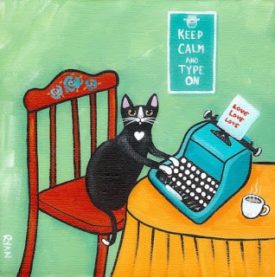
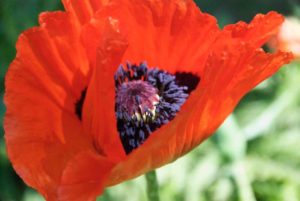 “A flower is never opened with a hammer.” — motto of From Heart to Paper Writing Workshops
“A flower is never opened with a hammer.” — motto of From Heart to Paper Writing Workshops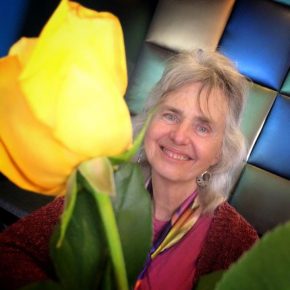 Writing workshops are upcoming in Winter and Spring, 2020.
Writing workshops are upcoming in Winter and Spring, 2020.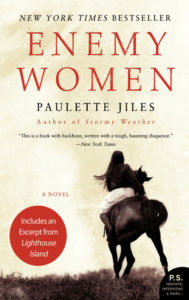
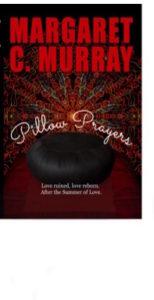
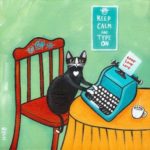
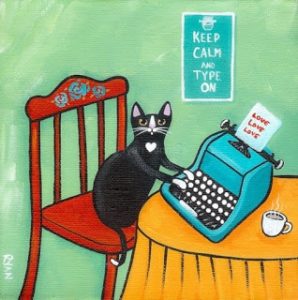
 —Margaret
—Margaret


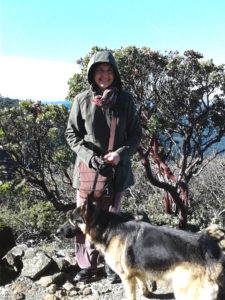
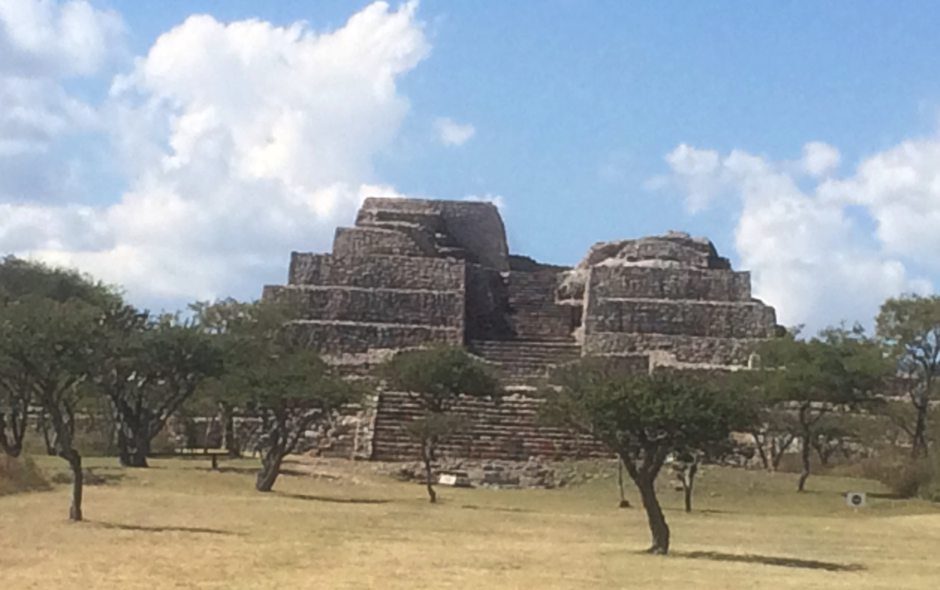
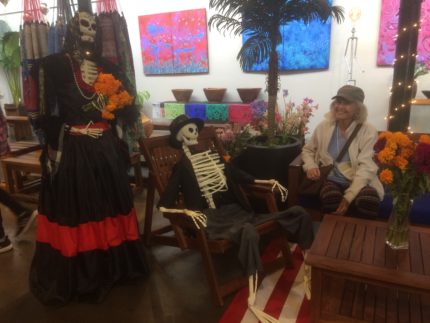

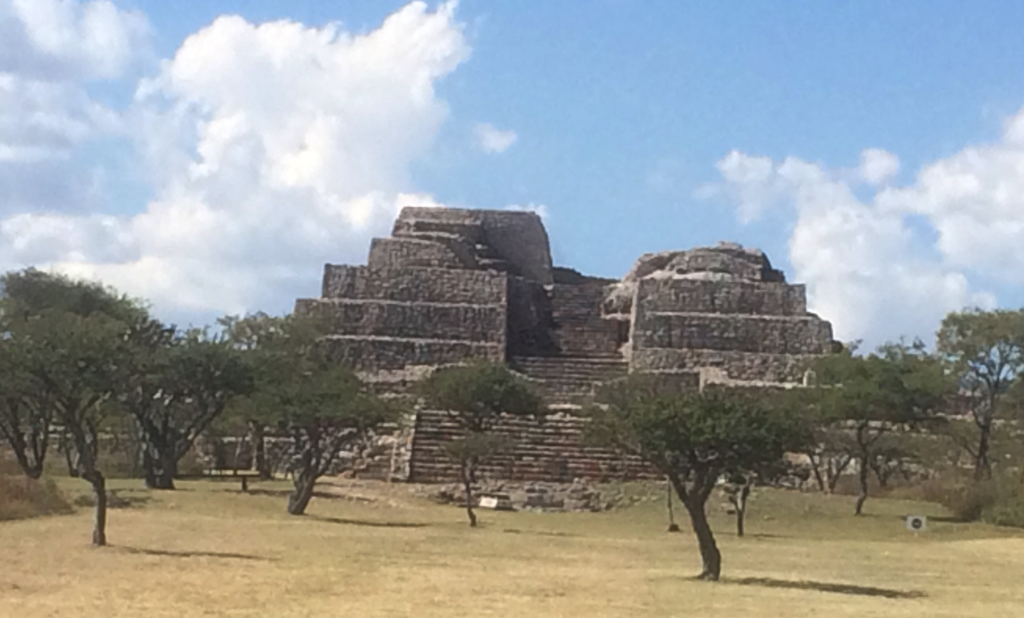
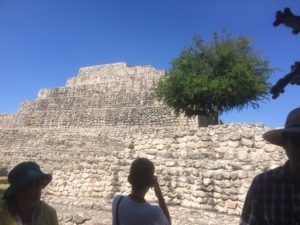
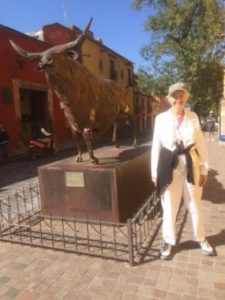
 —Yellow headed blackbird in the Charco del Ingenio Botanical Garden.
—Yellow headed blackbird in the Charco del Ingenio Botanical Garden.